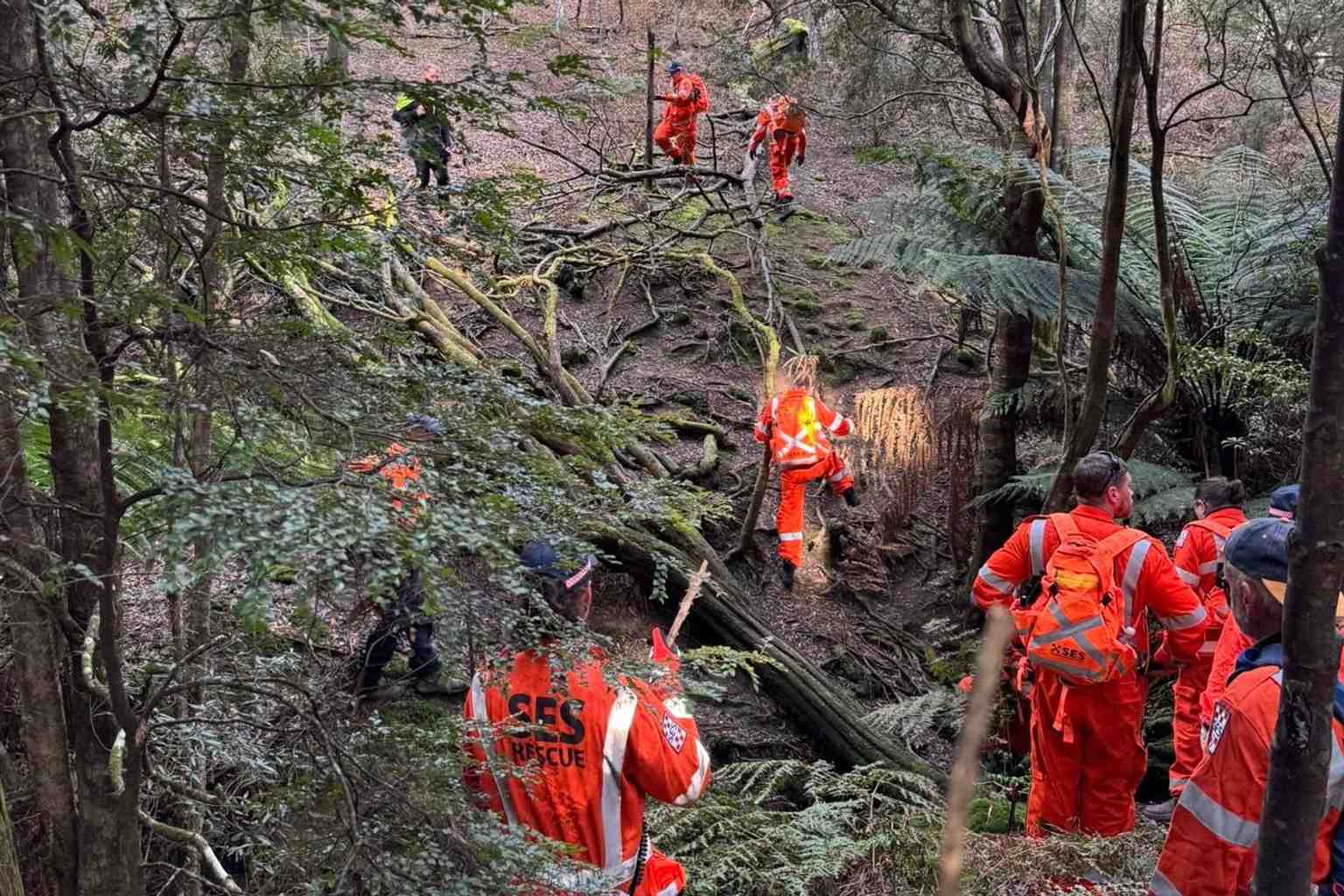Tasmania’s salmon industry generated 6,300 tonnes of fish waste in February during an unprecedented fish mortality event in the lower D’Entrecasteaux Channel, according to data from the Environment Protection Authority (EPA).
Statewide mortality figures released by the EPA show that 95% of the dead fish were diverted from landfill and instead used in various reuse programs.
Nearly 6,000 tonnes were repurposed through rendering, land spreading as fertiliser, composting or shallow burial for later agricultural use.
EPA Acting CEO Cindy Ong said around 80% of the waste was sent to EPA-regulated facilities at Oatlands, Electrona, Hideaway Bay or the Triabunna rendering plant.

“The EPA and Biosecurity Tasmania have been working with the Southern Midlands Council, including undertaking joint inspections of the ensiling facility and associated land spreading on agricultural land near Oatlands,” Ong said.
About 8%, or 479 tonnes, of the waste went to a commercial composting site near Interlaken, while the rest was reused at council-approved shallow burial sites near Bothwell, Ouse and Forcett.

Recent underwater footage from pens in the southern Channel area showed no major build-ups of dead fish, suggesting containment measures are proving effective.
“The EPA has commenced its independent environmental monitoring program, with sediment sampling for antibiotic residues occurring on March 20 at Conleys Beach and Jetty Beach on Bruny Island and Verona Sands Beach and Roaring Beach in the Southern D’Entrecasteaux Channel,” Ong said.
Water quality testing and wild fish sampling for antibiotics were scheduled for late last week.
Meanwhile, reports of oil globules washing up on shorelines have dropped off, with the last new sighting reported on March 17.







